When it comes to High-End Discrete DACs, there are three major players who come to mind; Schiit Audio with their close to 40 years of development going into their DACs, and almost 50 years of Analog experience, pretty much own the budget end of the market, and Chord is extremely popular among the Personal Audio community, their DAVE being hailed as exceptional by many though my personal preference leans toward the Schiit DACs despite the massive price difference, I believe the Chord doesn’t quite approach Schiit’s analog expertise, but the grand master who stands king above them all is dCS. My first brush with dCS was fifteen years ago, when I was working for Halcro and we used a dCS Scarlatti stack (DAC, Master Clock, CD Transport) to demonstrate our $50,000 amplifiers. At that time, dCS and their famous Ring DAC was already well established as the best of the best.
Enter the dCS Bartók, which we first reviewed in 2019, combining a state-of-the-art DAC with a high-performance headphone amplifier, denoting the first time a true audiophile company acknowledged the rise of the Personal Audio community. In 2023, dCS launched the updated dCS Bartók APEX, loading up the Bartók with their latest APEX Ring DAC, which was reviewed at the time by our then-publisher Frank Iacone (RIP), and now, after a very long wait, I finally have the Bartók APEX in my studio for a follow-up review.

dCS Bartók APEX DAC with Headphone Amplifier Key Features
- The latest generation dCS Digital Processing Platform brings state-of-the-art signal processing and flexibility.
- dCS Ring DAC™ fitted, as used in the dCS Vivaldi digital playback system
- High-quality streaming from TIDAL, Qobuz, Deezer, and internet radio via the dCS Mosaic Control app
- Roon Ready, AirPlay, Spotify Connect, and UPnP compatible
- USB, AES, Dual AES, and S/PDIF digital audio inputs
- Headphone amplifier with balanced and unbalanced outputs, suitable for high and low-impedance headphones
- Accepts encrypted SACD data from dCS Transports via Dual AES inputs. Oversampling design with switchable DSD upsampling; user-selectable PCM and DSD filters
- Multi-stage DXD oversampling design with switchable DSD upsampling; user-selectable PCM and DSD filters
- Auto clocking system improves ease of use and minimizes jitter.
- Multi-stage power regulation and twin mains transformers to isolate the DAC section from the headphone amplifier
- Firmware-upgradeable for future functionality and performance upgrades
Moon Audio Bronze Dragon Cables
Moon Audio has kindly provided their Bronze Dragon Cables to pair with the Bartók APEX so I’ll be following up with a mini review of those at some point, as the preeminent dealer of dCS in the U.S. Drew felt they would be a good match for the Bartók APEX, and I can’t say that I disagree.
Living with the dCS Bartók APEX DAC with Headphone Amplifier
The dCS Bartók APEX DAC with Headphone Amplifier is five separate things: a DAC, a Music Server, a Music Streamer, a Preamplifier, and a Headphone Amplifier.
Since the Preamplifier is an integral part of the DAC, and since it is not possible to bypass the preamp, all that differentiates it as a DAC/Preamp from a straight DAC is a volume control, it will not be possible to review them separately, and as the only key factor is whether the volume control is analog or digital, analog being preferable as a digital volume control often compresses the dynamics. While the noise floor for an analog volume control is fixed thus compressing the dynamic range as the volume is lowered, the actual dynamics (difference between loudest note and quietest note, whereas dynamic range is the difference between the noise floor and the loudest possible note) remain constant, this differentiation does not apply to dCS however, to quote dCS, “The main misconception is that an analogue volume control is preferable to a digital volume control on the basis that a digital volume control must work by simply reducing the number of available bits to express a given amplitude – effectively reducing the dynamic resolution of the system when the volume control is turned down. This may be the case with other DACs where fixed-width interfaces are used to send digital audio signals between ICs. However, as all DSP inside a dCS DAC, including volume control, is carried out within the FPGA, we can operate with signals that have as many bits as are needed to accurately represent any possible combination of signal amplitude and volume control, with absolutely no loss in dynamic resolution – it is mathematically transparent.” Given this consideration, in the case of dCS, their digital volume control is actually superior to an analog volume control as it removes a component from the analog chain, which can add distortions, phase issues, equalization issues, and the myriad problems associated with any component (especially a mechanical one) in the analog chain.
I should also point out that the preamp in the Bartók APEX has four different voltage outputs, 6V (which is usually associated with balanced outputs and studio equipment), 2V (the more conventional output level of most DACs for use with a preamp), .6V and .2V (The lower settings are intended to prevent accidents when driving the amplifiers directly and AirPlay is in use, as the Volume set by the sending device can be very high.). There are also four gain settings for the Headphone output (0dB,-10dB,-20dB,-30dB). As I was working in single-ended, I used the 2V for running to my amp, and 0dB for the Headphone output.
Which means that my listening tests will break down into three categories: The Bartók APEX as a Music Server/Music Streamer, which will be performed using the following two systems. The Bartók APEX as a DAC which will be performed using my reference system consisting of my LSA VT-70 Tube Integrated Amp running through a Woo Audio Wee Electrostatic Headphone Energizer Converter driving Dan Clark Audio CORINA Electrostatic Headphones, wired up with Bronze Dragon Interconnects, Bronze Dragon Speaker Cables, a Black Dragon USB Cable, and Black Dragon Power Cables, a Core Power Technologies A/V Equi=Core 1000, with Vera-Fi Audio VBH-1 (Vibration Black Hole) isolation feet, XSA-Labs Vanguard Loudspeakers, and two Veri-Fi Audio LLC Vanguard Caldera 10 Active Subwoofers. And, finally, the Bartók APEX as a Headphone Amplifier will be performed using HIFIMAN SUSVARA UNVEILED Planar Magnetic Headphones with a Bronze Dragon 4-pin XLR Balanced Headphone Cable, and my Grado GS3000X for the single-ended ¼” TRS output.
To run the Bartók APEX as a Music Server/Music Streamer, you need to install the dCS Mosaic Control app onto a phone or tablet, I used an iPad. In turn, the dCS Mosaic Control app offers a lot of functionality and simplifies many of your basic functions, operating as a full-function remote with visual feedback. As a Music Server, dCS is adamant that the Bartók APEX is not intended to be used as such; the USB input function is meant for small storage systems to allow quick sampling, and the Mosaic Control software tends to support this idea. I used a 128 GB pendrive (technically a 128 GB micro SD Card in a pendrive adapter) to test it (I don’t know what the actual limit is, as I don’t have a selection of drives to test with), and it doesn’t have a playthrough function, you need to preload each track onto your current “Play Queue”. It does appear that the Play Queue remains in memory until deleted, but the Play List function appears to only work with streaming services, and not with locally stored media. The upshot for me, at least, is the Music Server works fine for performing reviews and listening to isolated tracks. (As a side note, I was unable to test UPnP performance as I no longer have one set up, I prefer an at-will approach to my music databases to improve reliability and lifespan.)
On the other hand, the Bartók APEX works wonderfully as a Music Streamer; not only does it support Qobuz, Tidal, Deezer, and Spotify, there is a host of Podcasts and Internet Radio Stations at your fingertips. Given that at this point in time, though I do have a 4TB database of DSD, the bulk of my listening is done via Streaming, this seems like an optimal compromise. While I do prefer the Qobuz interface, I like the Mosaic Control interface over Tidal, Roon, or most of the proprietary Music Server interfaces I have worked with. For one, I am able to access my Qobuz Playlists, which I have not been able to do at shows using any other interface, including Roon. So, as such, I will be using the Streamer for most of this review, except to test DSD and MQA.
At this point, I want to pause a little to talk about the Bartók APEX Digital Filter selection. There are a bunch. Four for basic PCM, with two extras for 44.1kHz, which admittedly is the hardest to make sound good, and two extras for sample rates above 176.4kHz, four for DSD, when most DACs only have one, and one for MQA. These filters are individually selectable for each sample rate to allow you to optimize your sound characteristics and not have to deal with it on a per-track basis. Since I have a pretty good idea what I like in my filters, I simply selected the ones I wanted rather than spending hours comparing them.
For 44.1kHz I picked filter #5 which is an asymmetrical type that has minimal pre-ring, for 48kHz through 90kHz I picked #4 which has the slowest roll off for the best transient response (oddly, dCS recommends #2 for orchestral and #4 for rock, which seems to me to be contra indicated as orchestral has greater dynamic range and significantly more transients than rock music, though I do understand that many prefer the artificial soundstage created by the pre-ring and after-ring of a brick wall filter.), for high resolution PCM I picked #6 which again is the asymmetrical filter, and for DSD I picked #1 which has the widest bandwidth and equivalent to that used in my preferred DACs, #3 is probably the closest to what is used in most DACs. The two other considerations are: which dCS Mapper control (dCS Mappers originally designed for Vivaldi 2.0 and Rossini 2.0 are now available in the 2.0 update to Bartók. The dCS Mapper controls the way in which data is presented to the Ring DAC™ core. Bartók now includes three Mapper settings) and Upsampling. (Since I don’t have an external Master Clock, I set that to “M” for Master mode.) I selected Map 1, which is the most current Map, which is twice as fast as the original, which is the Map 2 setting, Map 3 appears to be an alternate to Map 1, but I could find no details on the difference, so I stuck with Map 1. For upsampling, there is an option for DXD, DSD, and DSDx2, though my first instinct was to leave PCM in PCM, the clock speeds for dCS Mapping made me change my mind and select DSDx2.
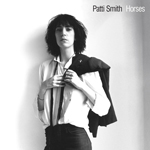
Time to test the Bartók APEX as a DAC, picking up my CORINAs, I selected Patti Smith’s 50th Anniversary release of her seminal album “Horses”(24-bit/96kHz – Qobuz). Stark and dynamic, and above all musical, not something you expect from a first-generation punk album. Patti’s vocal was pure, intimate, and sorrowful. The soundstage was large studio, the piano coming across as if it was a massive hall or church.
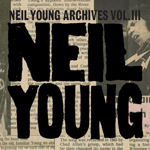
Sticking with high-resolution ‘70s rock, I put on “Neil Young Archives Vol. III (1976-1987)” (24-bit/192kHz – Qobuz) and a live performance of “Cowgirl in the Sand”; it was clearly an indoor event sound reflecting off the walls of the massive arena. The sound was front row center with extreme dynamics.
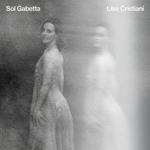
For a more nuanced source, I moved onto Lise Cristiani’s “Sol Gabetta” (24-bit/96kHz – Qobuz), the first track was an orchestral piece in a vast hall, wringing out all the micro details of the individual instruments, each fixed in space, with masterful tonal balance. The piano for the duet was rich and deep, while the violin was sweet and resonant. Again, the sense of space was immense.
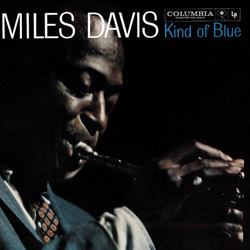
Flipping to the loudspeakers, I put on “So What” (“Kind of Blue” – Miles Davis – 16-bit/44.1kHz) and was completely blown away, the sound came from far beyond my speakers, and the sound was so effortless it was intoxicating. It wasn’t until I sat down to write this that I realized that I had put on a 44.1kHz track, rather than one of my DSD tracks.
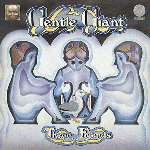
So for DSD, I put on “Schooldays” by Gentle Giant (“Three Friends” – DSD), it was magical, the clarity of the guitar and marimba, the harmonies of the vocal, the vastness of the soundstage, and the analog temper of it all.
Having established what we already knew, that the dCS Bartók APEX DAC was unmatched as a DAC, it was finally time to move on to the Headphone Amplifier, which at a price of $2,100, is not in the same league as the Bartók itself, still puts it up against some very stiff competition. Now I don’t really consider my reference amplifier as part of the competition, as it is a tube amp, and solid-state and tube amps are very different animals, but there are quite a few solid-state amplifiers in that price range that I have personally listened to and reviewed, so there is that.

In the two days between when I did my initial listening and when I performed the headphone amp tests, I discovered that there was a live performance of Hiromi and Chic Corea (“Duet (Live At The Blue Note Jazz Club/2007)” – 16-bit/44.1kHz – Qobuz) out there, so I decided to start with that. It was very easy to pick up the different character of the two pianos as they performed in unison, creating a complex syncopation. There was never a question that this was a single or generic piano; each had its own personality, resonance, timbre, and soundstage. I decided this was an opportune chance to experiment with the “Headphone Crossfeed”. “Expanse 1” gave a feeling of depth of field and a separation of the two instruments. “Expanse 2” was more intimate and immediate. Overall, I preferred the crossfeed off with the SUSVARA UNVEILED. It worked better with the Dan Clark Audio STEALTH Planar Magnetic Headphone, which have offset drivers to give better imaging.

Returning to the SUSVARA UNVEILED, I cued up “Teen Town” (“Heavy Weather” – Weather Report – DSD), the dynamics were spectacular, with Jaco’s bass having bite and tone, the high-hat mellow and crisp with no spit or slurring, the guitar ethereal, and the horns majestic. The soundstage was massive, and the musicality was pervasive. The image was solid with each musician fixed in space.
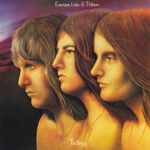
Switching to the Grado GS3000X, the noise floor was inky black even in high gain and the volume maxed. Turning the volume down, I put on Emerson, Lake, & Palmer’s epic “From The Beginning” (“Trilogy” – 24-bit/96kHz), wow, just wow. The sense of space was so voluminous, it felt larger than the Forum, where I saw them perform it live back in the mid ‘70s. For the first time, I realized that Greg Lake layered 4 guitars (two acoustic, one electric, and one bass) to create the tapestry of sound.
Conclusions the dCS Bartók APEX DAC with Headphone Amplifier
So, were there any surprises with the dCS Bartók APEX DAC with Headphone Amplifier? No, not really, I knew going into this what dCS was capable of, and as expected, the Bartók APEX checked off every box, and basic performance was not just above average, but simply the best in every category other than as a music server, can you get a better music server for $24,000, well yes you can, but while they will be easier to use, and have a much prettier interface, they won’t sound half as good. If you really want an audiophile level music server, I would recommend getting the Bartók APEX for sound, and paring it to a $500 computer, stripped down (software wise) and dedicated to the purpose running something like JRiver, or Rune if you must, and your results will be more satisfactory than the popular $38,000 alternative in a dedicated music server. I believe that streaming is the future, and as a music streamer, the Bartók APEX worked flawlessly. No matter how large your High-Resolution database is, it is not likely to approach streaming services like Qobuz and Tidal, who literally add new artists every day.
Hands down, the Bartók APEX is the finest sounding DAC I have ever listened to; in fact, it’s the finest sounding DAC/Headphone Amplifier I have heard. Are there better stand-alone amplifiers? Yes, the dCS Lina comes to mind for solid-state, and of course, if you want the tube sound, you would have to shop elsewhere anyway. Is it worth $24,100? Absolutely, if you want the state-of-the-art and have the pocketbook to afford it. You will get many more hours of pleasure out of it than you would spending the same amount on an upgrade to a higher-end luxury car.
In the long run, whatever shortcomings the Bartók APEX has are in the Mosaic Control software, which will, in all likelihood, improve as time passes.
Just a quick note on the Moon Audio Bronze Dragon Cables, they were definitely a welcome upgrade to Black Dragon Cables I was running previously, and the Bronze Dragon Headphone Cable was certainly a cut above the already high-end cable that the SUSVARA UNVEILED comes with, I should be doing a complete review of them in the near future.
Price: $24,100
Manufacturer Websites:
https://www.moon-audio.com/products/bartok-apex-dac-headphone-amplifier
https://dcsaudio.com/product/bartokapex
Specifications
- Type: Upsampling Network DAC with Headphone Amplifier
- Color: Silver or Black
- Dimensions: 444mm / 17.5” x 430mm / 17.0” x 115mm / 4.6“. Allow extra depth for cable connectors
- Weight: 16.7kg / 36.8lbs
- Converter Type: dCS proprietary Ring DAC™ topology
- Digital Inputs: Ethernet network port on RJ45 connector, accepts 24-bit 44.1 – 384kS/s PCM, DSD/64 & DSD128 in DFF/DSF format; USB 2.0 interface on B-type connector, accepts 24-bit 44.1 – 384kS/s PCM, DSD/64 & DSD128 in DoP format; USB On-The-Go interface on A-type connector, accepts 24-bit 44.1 – 384kS/s PCM, DSD/64 & DSD128 in DFF/DSF format; 2 x AES/EBU inputs on 3-pin female XLR connectors, accepts 24-bit 44.1 – 192kS/s PCM, DSD/64 & DSD/128 in DoP format; 1 x Dual AES pair, accepts 24-bit 88.2 – 384kS/s PCM, DSD/64 & DSD/128 in DoP format; 1 x SPDIF on RCA Phono connector, accepts 24-bit 44.1 – 192kS/s PCM & DSD/64 in DoP format; 1 x SPDIF on BNC connector, accepts 24-bit 44.1 – 192kS/s PCM & DSD/64 in DoP format; 1 x SPDIF optical on TOSLINK connector, accepts 24-bit 44.1 – 96kS/s PCM
- Analog Outputs: 1 x pair balanced outputs on 2 x XLR connectors. Output levels: 0.2V, 0.6V, 2V, 6V rms for a full-scale input, set in the menu. Output impedance: 3Ω. Maximum load: 600Ω (10k-100kΩ is recommended); 1 x pair unbalanced outputs on 2 x RCA connectors. Output levels: 0.2V, 0.6V, 2V, 6V rms for a full-scale input, set in the menu. Output impedance: 52Ω. Maximum load: 600Ω (10k-100kΩ is recommended)
- Headphone Outputs: 1 x stereo balanced output 4-pin male XLR connector; 1 x stereo unbalanced output on 6.35mm (1/4”) 3-pole jack. Full-scale output levels: 1.4W rms into 33Ω, 0.15W rms into 300Ω. Minimum headphone impedance: 33Ω
- Wordclock I/O: 2 x Word Clock Inputs on 2 x BNC connectors, accept standard Word Clock at 44.1, 48, 88.2, 96, 176.4 or 192kHz. The data rate can be the same as the clock rate or an exact multiple of the clock rate. Sensitive to TTL levels. 1 x Word Clock Output on 1x BNC connector. With Sync Mode set to Master, a TTL-compatible Word Clock is output
- MQA: Full decoding and rendering of MQA data from the Network and USB2 inputs. Final rendering of unfolded MQA data only from the other inputs
- Risidual Noise: 24-bit data: Better than –113dB0, 20Hz – 20kHz unweighted (6V output setting)
- L R Crosstalk: Better than -115dB0, 20Hz – 20kHz
- Spurious: Better than -105dB0, 20Hz – 20kHz
- Filters: PCM mode: up to 6 filters give different trade-offs between the Nyquist image rejection and the phase response. DSD mode: 4 filters progressively reduce out-of-audio band noise level, plus Filter 5, which has an improved transient response
- Conversions: User selectable PCM upsampling to DXD, DSD, or DSDx2
- Software Updates: Download and update functionality available via dCS Mosaic Control app
- dCS Mosaic Control app for unit configuration and playback. RS232 interface (controlled by a 3rd-party automation system). dCS Universal Remote is available as an optional extra
- Power Supply: Factory set to either 100, 115/120, 220, or 230/240V AC 50/60Hz
- Power Consumption: 30 Watts typical / 50 Watts maximum

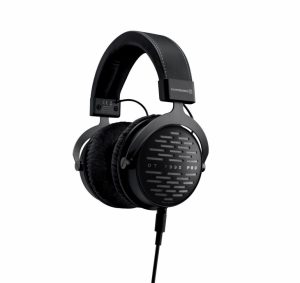
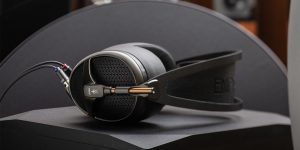
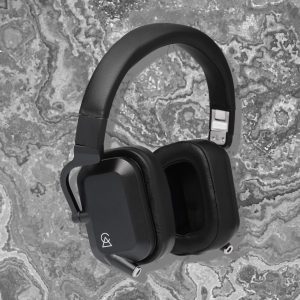
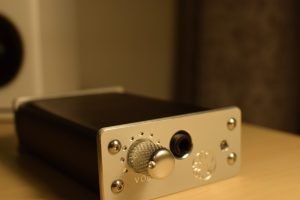
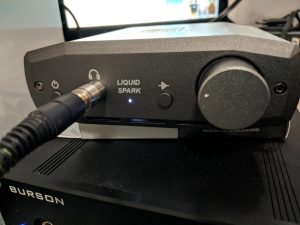
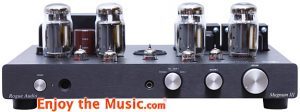
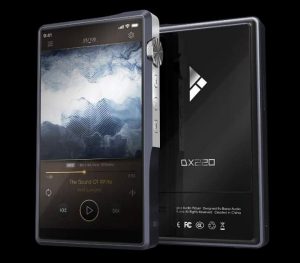
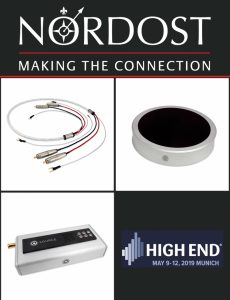
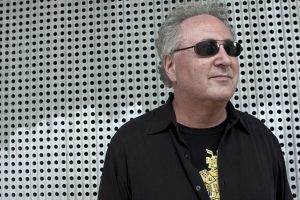
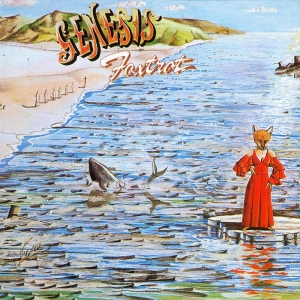

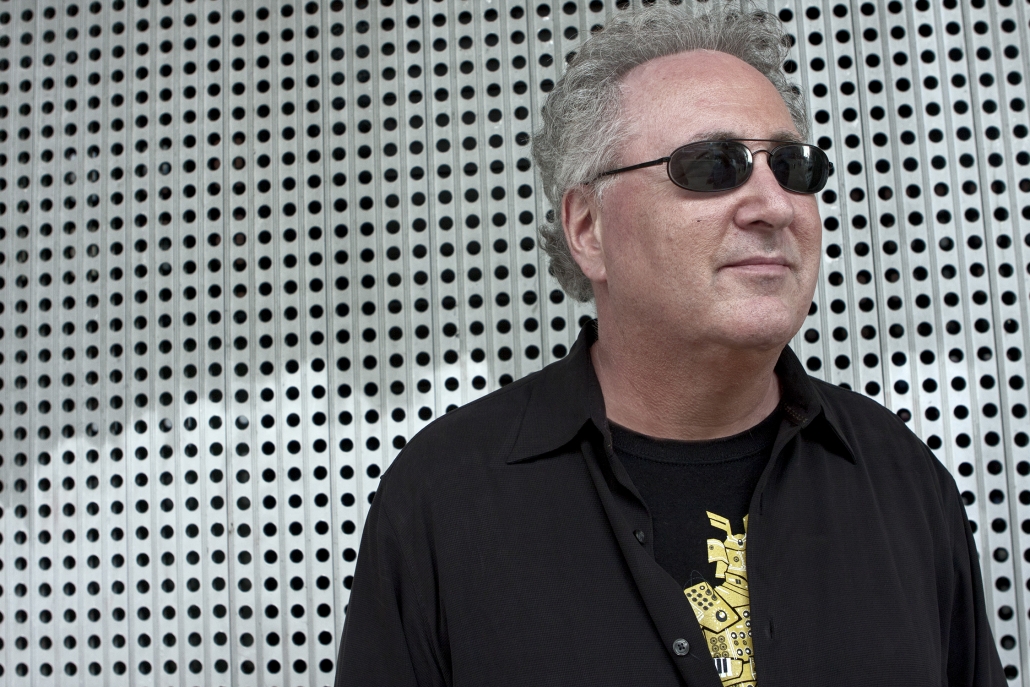

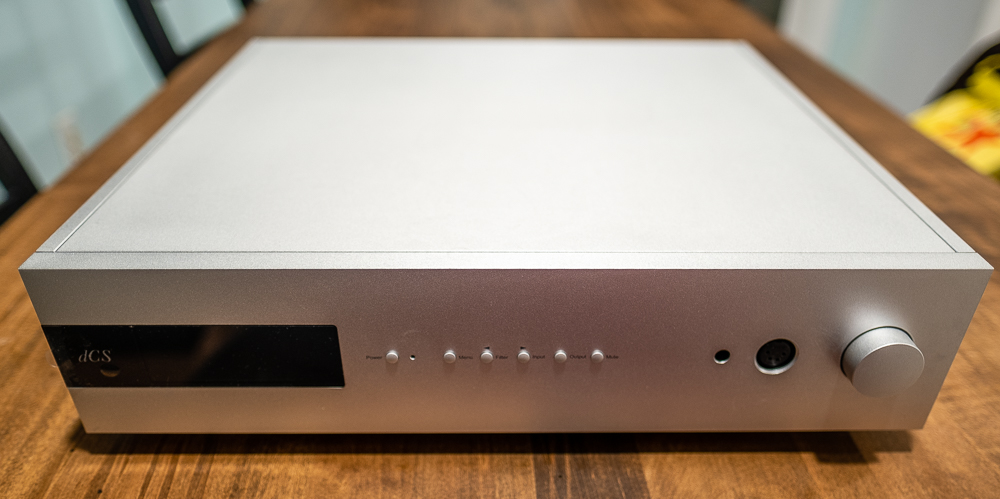
Want to join discussion?
Feel free to contribute!